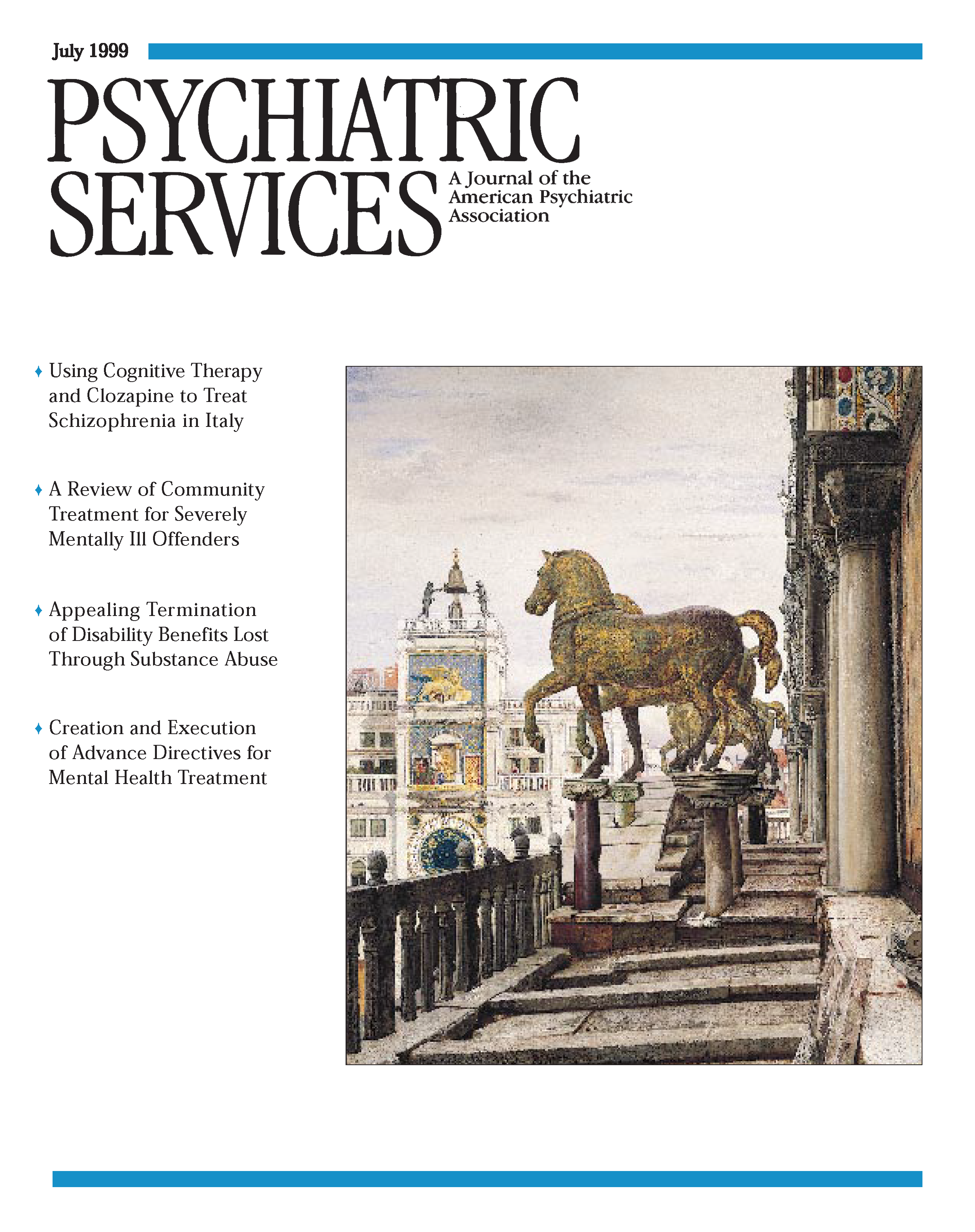School-based services
Before the school summer recess of 1995, a clinical needs assessment was completed for use in planning services and funding requests. A clinical survey of middle and high school students was completed to identify those in need of mental health services (
3). Youths completed questionnaires addressing exposure, initial response, bombing-related television viewing, and current symptoms including posttraumatic stress symptoms. Later assessments included surveys of elementary school children and group interviews (
4).
A school district steering committee was established to screen requests from various public and private groups for school-based activities such as clinical and educational programs; the committee also screened media inquiries and research proposals. Careful thought was given to the appropriateness of programs for the school setting and to balancing needs for supportive intervention and for normalization. Because of the intense focus on children in the response, the school district was inundated with requests—most well meaning but some inappropriate. For example, individuals and groups promoting various interventions, including several with religious overtones, were evaluated for their appropriateness to the school setting. Other proposals were approved, such as research addressing the effects of the bombing on unwed teenage mothers, programs focusing on the legal process and on constitutional law, and some media requests.
Concern arose among some administrators and teachers that continued attention to the bombing was unnecessary and that it prolonged recovery. The committee provided a forum where these issues could be addressed, although many decisions ultimately rested with individual principals and teachers. Thus the availability of bombing-related counseling and enrichment programs varied greatly across schools.
During the summer of 1995, counselors interested in providing school-based services were identified. Students and trainees from psychology, social work, and licensed professional counseling programs provided a contingent of eager, if somewhat inexperienced, counselors at a relatively low cost. The students and trainees were supervised by faculty at their academic institutions and by Project Heartland staff.
Federal funding did not arrive until November 1995. By then, hundreds of students had been identified as in need of mental health services and many had already received services. Services were in place by the winter holidays, and the school-based program was fully operational in early 1996. One advantage of the delay was that services were funded to continue through the close of the 1996-1997 academic year.
Federal funds for disaster relief can be used only for time-limited services and cannot be used for comprehensive evaluation or intensive treatment. These restrictions ignore a developing body of literature documenting that psychological responses to disasters are sometimes severe and enduring. Surprisingly few children were referred by the school-based counselors to other programs established to provide bombing-related services (
2), which caused some speculation that the program's focus on normalization, the relative inexperience of the counseling staff, and the desire of school-based counselors to maintain a role in the effort discouraged the referral of children in need of more comprehensive and intensive services. Crisis intervention and support services must be reinforced with active and consistent efforts to identify and refer persons with serious and potentially enduring problems.
Avoidance is at the core of the posttraumatic response, and it sometimes involves avoidance of treatment. Studies indicate that parents (
5,
6,
7) and teachers (
8) may not appreciate a child's distress after exposure to a trauma. Lack of attention to psychopathology by teachers and administrators and the tendency of individuals and families to deny symptoms are mutually reinforcing. Therefore, it is essential that public education and outreach services after a disaster include efforts to offset the effects of avoidance and denial.
Symptoms associated with posttraumatic stress are likely to emerge in the classroom, where intrusive thoughts and emotional arousal may disrupt attention and where sadness, grief, and anger may interfere with the learning process and social adaptation. The response to disasters outlined and funded by the federal government includes training for those who work with children in natural settings such as teachers and school personnel.
Conflict is common among individuals and agencies attempting the delicate task of coordinating postdisaster services (
9). In Oklahoma City, difficulties arose despite early and consistent attempts to coordinate efforts. Once individuals and agencies felt slighted, they tended to respond with bias, perpetuating strained interactions and relationships. These conflicts may partly explain why some complaints arose that children in need of more comprehensive and intensive services were not appropriately referred.
As the Oklahoma City community continued its process of recovery into the third year, the highly publicized criminal trials created new challenges for residents and mental health care providers. Most have been able to integrate the effects of this tragedy. However, the threat of a future involving violence and terror is a reality for our children and society.


